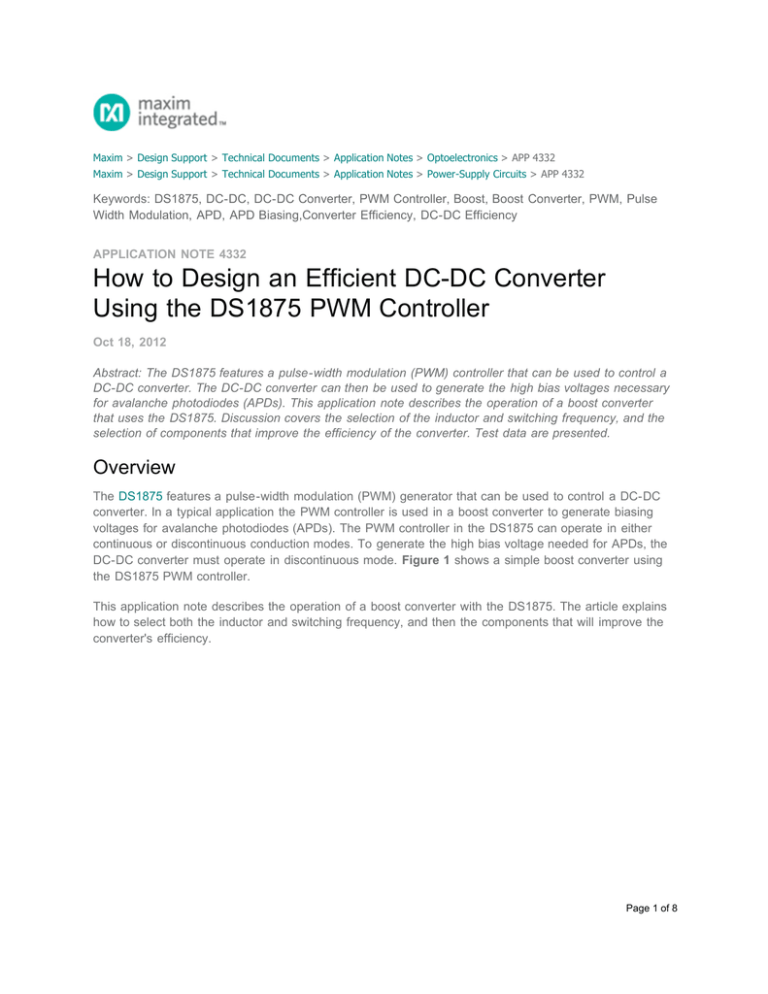Figure 1 from Design of a High Circuit Diagram
BlogFigure 1 from Design of a High Circuit Diagram Introduction. A DC-DC converter is an essential component in modern electronics, used to step up or step-down voltage efficiently. High-efficiency designs are crucial in power-sensitive applications such as renewable energy systems, electric vehicles, industrial power supplies, and IoT devices.. This guide provides a step-by-step approach to designing a high-efficiency DC-DC converter

This is particularly helpful in high-frequency, high-conversion ratio applications, because it allows for more precise control and minimizes the effect of delays due to other circuit elements. 2.

DC Converter Using the DS1875 ... Circuit Diagram
Designing a high efficiency DC-DC converter for these portable devices is challenging due to the special requirements of a battery operated system, such as a wide input voltage variation and dynamic operating load. The following sections, present the fundamentals and design considerations of various portable DC-DC

Step 1: Set the Switching Frequency (R T). First, set the switching frequency with R T; the value chosen from Table 1 in the LT3999 data sheet.. R T = 12.1k sets f SW = 1MHz.. Step 2: Set the Input Voltage Range (UVLO, OVLO/DC) The UVLO (undervoltage lockout) and OVLO/DC (overvoltage lockout/ duty cycle) pins are used to set input voltage range. Efficiency in a DC-DC Converter. There are many sources of loss in a DC-DC converter that reduce the efficiency of the system. These losses can be divided into two basic groups: efficiency losses caused by peak inductor current; and switching losses that occur each time that the circuit switches from charging to discharging phases.

How to Design High Circuit Diagram
Like a linear regulator, the DC-DC converter can regulate to a lower voltage. Unlike linear regulators, however, the DC-DC converter can boost an input voltage or invert it to create a negative voltage. As an added bonus, the DC-DC converter boasts efficiencies greater than 95% under optimum conditions. Design of DC-DC Converters Frank Xi fxi@monolithicpower.com Monolithic Power Systems Inc. IEEE SSCS Dallas Chapter, October 2007. 11/1/2007 IEEE SSCS - Oct. 2007 2 High Efficiency at Light Load

The three-level buck converter in figure 3 was built to verify the design. The overall thickness of the circuit including the circuit board is only 5 mm. The circuit was tested with no forced air up to 12.5 A output current with a temperature rise of 65 °C. The switch-node voltage V SW waveform at 8 A output current is shown in figure 4. The 5kW Isolated Bidirectional DC -DC Converter reference design from Toshiba shows how to improve a power supply design's efficiency using SiC MOSFETs. The design uses the dual active bridge (DAB) method, one of the most popular topologies for such high-power converters. The DAB topology has full bridges on both sides, allowing the direction and
